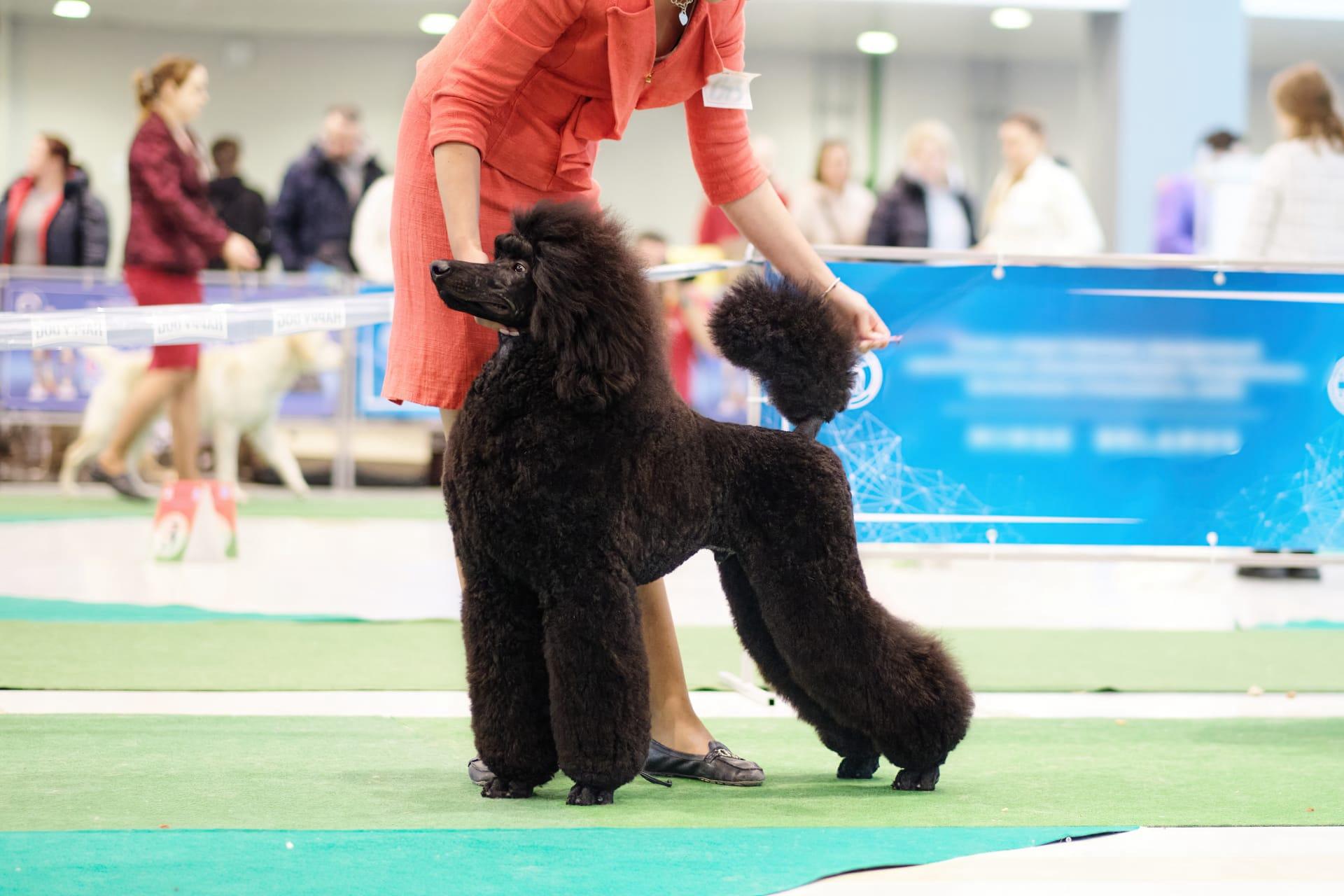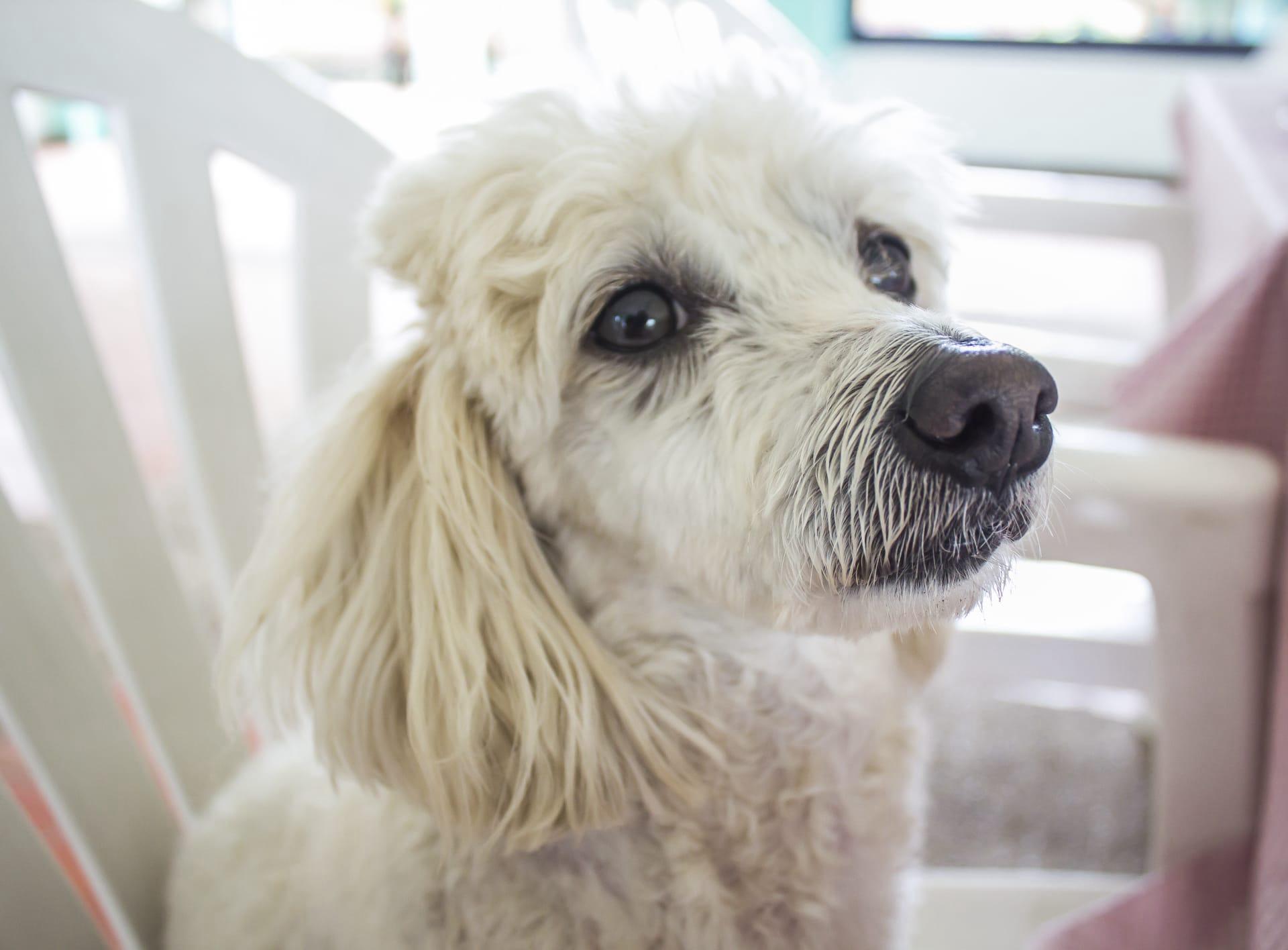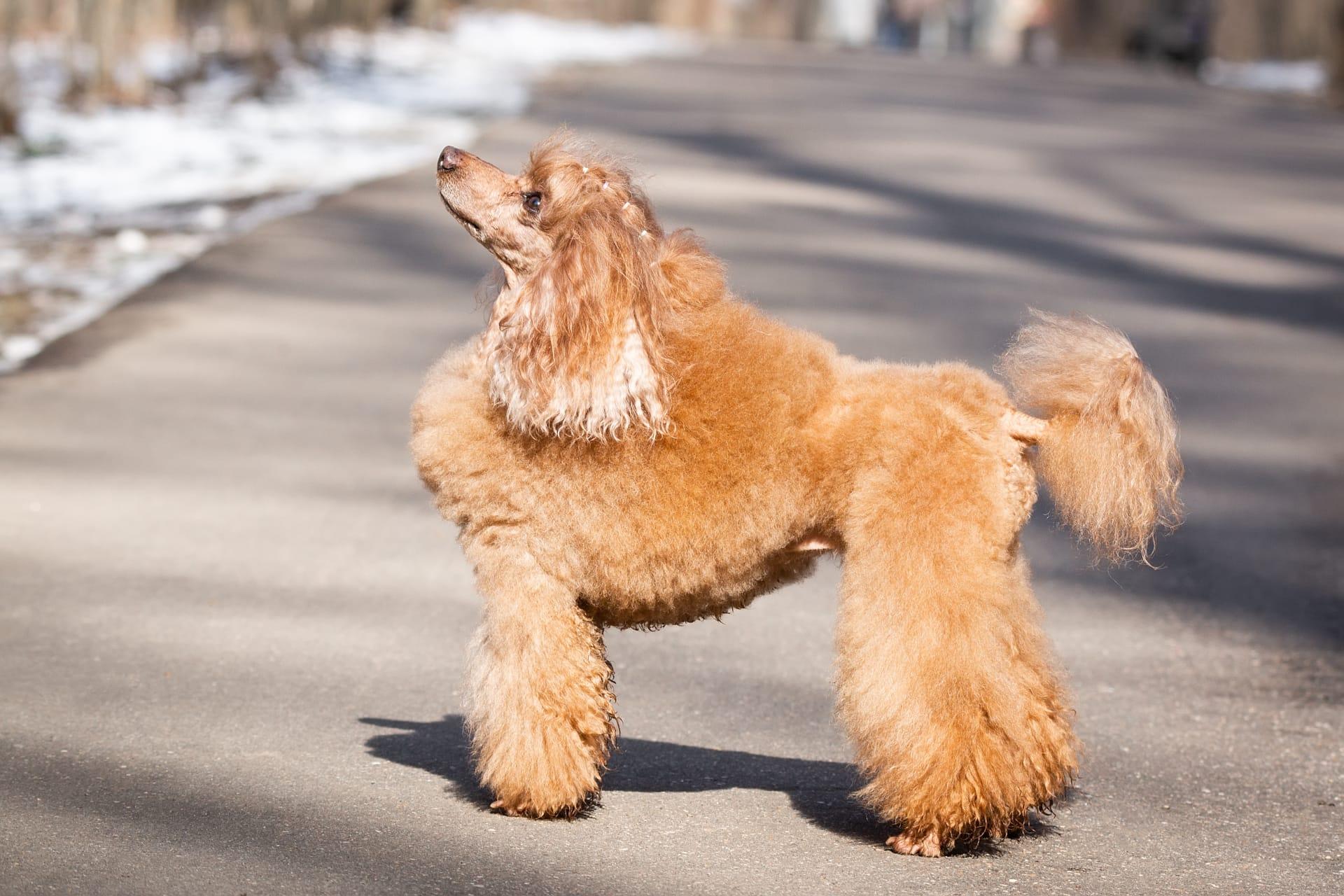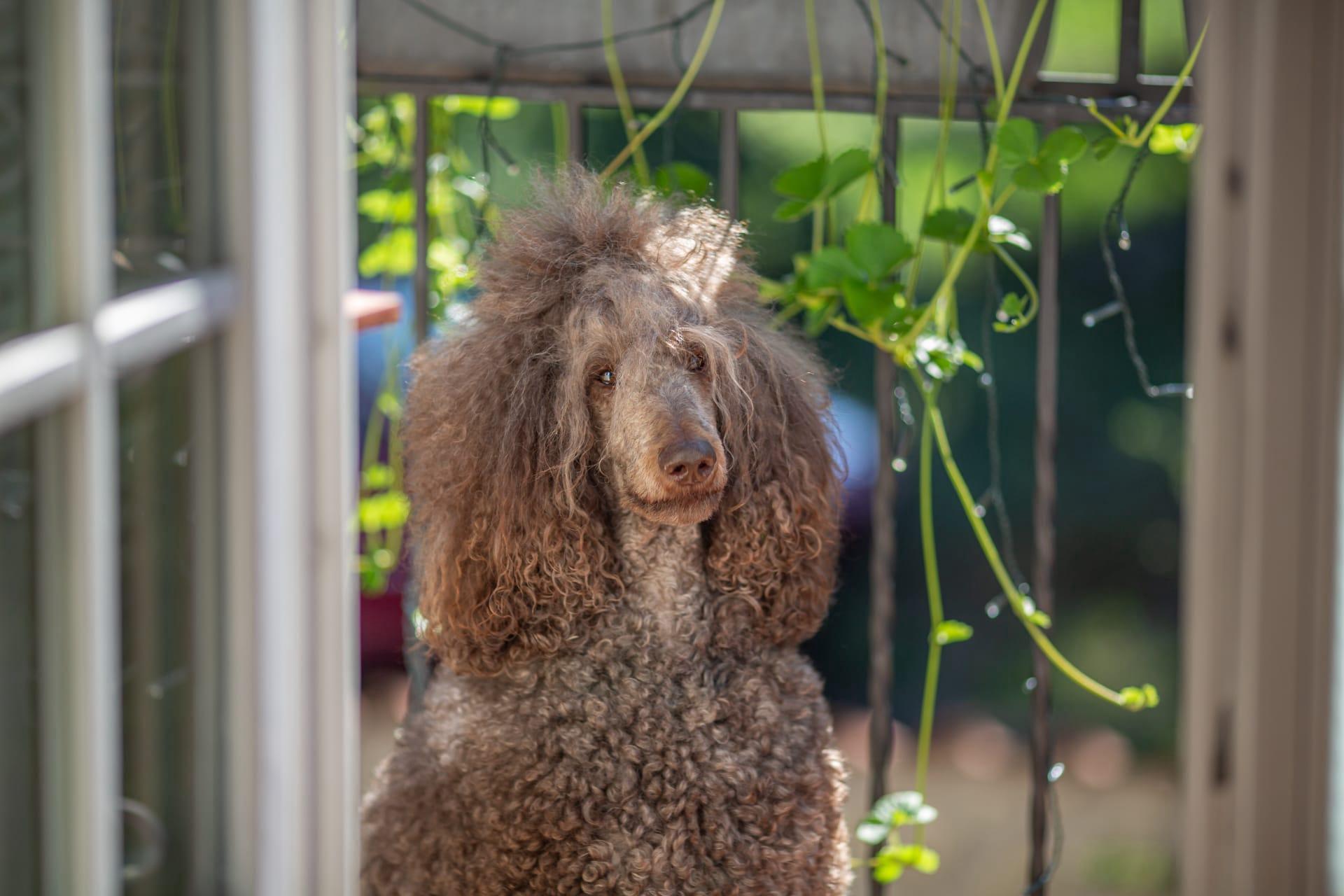Standard Poodle Trivia
- Home /
- Trivia Question /
- Animal /
- Standard Poodle Trivia
1
Question: How tall do Standard Poodles typically grow, and what is their average weight?
Answer: Standard Poodles stand at a proud height of 18 to 24 inches (45 to 60 centimeters) at the shoulder. Males are usually larger than females and weigh between 60 to 70 pounds (27 to 32 kilograms), while females tip the scales a bit lighter, generally from 40 to 50 pounds (18 to 23 kilograms). This size makes them elegant yet robust companions, ideal for various activities including swimming, running, and agility training.
Question: What are the origins of the Standard Poodle, and how did they come to be known as versatile working dogs?
Answer: The Standard Poodle, contrary to popular belief, originated in Germany, not France, as a duck hunter's companion known for its excellent swimming abilities. Their name "Poodle" comes from the German word "Pudel," referring to splashing in the water. Over the centuries, their intelligence and trainability made them excel in various roles beyond duck hunting, including performing in circuses and working as military dogs. Their rich history as versatile workers is embedded in their keen intelligence and adaptable nature.

2
Question: Is it true that Standard Poodles are high-maintenance pets due to their fancy fur coats?
Answer: While it's a common misconception that Standard Poodles require excessive grooming due to their distinctive coats, the truth is their grooming needs are manageable with a routine. Their curly, hypoallergenic fur does require regular grooming every 3 to 6 weeks to prevent mats and tangles, but many owners opt for a simple, easy-to-maintain clip. Additionally, their fur offers a practical benefit: it's virtually shed-free, making them a great choice for people with allergies.
Question: Do Standard Poodles make good family pets, or are they too aloof?
Answer: Contrary to the myth of being aloof, Standard Poodles are highly sociable and make excellent family pets. They are known for their intelligent, friendly demeanor, and they thrive on interaction with their human families. Standard Poodles are particularly good with children and other pets, showing patience and gentleness. Their alert nature also makes them good watchdogs, as they are keen to alert their families of strangers or unusual activities.

3
Question: How long do Standard Poodles typically live, and what are common health concerns for the breed?
Answer: Standard Poodles have a relatively long lifespan for their size, typically living between 10 to 18 years. However, they are predisposed to certain genetic health issues, including hip dysplasia, epilepsy, and certain types of cancer. Regular veterinary check-ups and a healthy lifestyle can help mitigate these risks. Proactive care, including proper diet, regular exercise, and genetic testing where applicable, can contribute to a long, healthy life.
Question: Can Standard Poodles participate in dog sports, and if so, which ones are they particularly suited for?
Answer: Absolutely! Standard Poodles excel in a variety of dog sports, thanks to their high intelligence and versatile physicality. They are particularly adept at agility, obedience, and rally competitions, showcasing their quick learning ability and eagerness to please. Additionally, their strong swimming skills make them naturals at dock diving and water retrieval games. Their enthusiasm and stamina make them stand out in competitive arenas.

4
Question: What is the coat variety found in Standard Poodles, and how does this affect their grooming needs?
Answer: Standard Poodles are unique for their dense, curly coat that comes in a variety of colors including black, white, apricot, and silver. The texture of their coat can range from soft and wavy to tight curls. This variety in coat type means that grooming needs can vary slightly; tighter curls may require more frequent brushing to prevent mats, while softer coats might be a bit easier to manage. Regardless of the coat type, all Standard Poodles benefit from regular grooming to keep their fur in good condition.
Question: What kind of temperament can be expected from a Standard Poodle, and how does this affect their training?
Answer: Standard Poodles are known for their intelligent, alert, and active temperament. They are eager learners who respond well to positive reinforcement training methods. Their intelligence makes them quick learners, but it also means they require mental stimulation to prevent boredom. Activities that challenge their mind, like puzzle toys, advanced training, and regular socialization, are key to keeping a Standard Poodle happy and well-behaved. Their adaptable nature makes them well-suited for both active families and individuals who can meet their needs for engagement and exercise.

5
Question: How does the Standard Poodle's intelligence compare to other dog breeds, and how does this impact their behavior?
Answer: Standard Poodles are often ranked as one of the most intelligent dog breeds, capable of understanding and executing a wide range of commands with fewer repetitions than most breeds. This high level of intelligence means they can learn not just basic commands but also complex tricks and behaviors. However, it also means they can become easily bored with repetitive tasks or lack of stimulation, leading to inventive ways to entertain themselves, which might not always align with their owner's expectations.
Question: Are Standard Poodles suitable for apartment living, or do they require a house with a yard?
Answer: While Standard Poodles are versatile and can adapt to various living situations, they do have a moderate to high energy level that requires regular exercise. They can live comfortably in an apartment setting provided they receive sufficient daily exercise, mental stimulation, and opportunities to stretch their legs. Ideally, access to a secure yard or nearby parks for regular play and exercise sessions can greatly benefit their physical and mental well-being, but with the right amount of daily activity, they can thrive in an apartment environment.